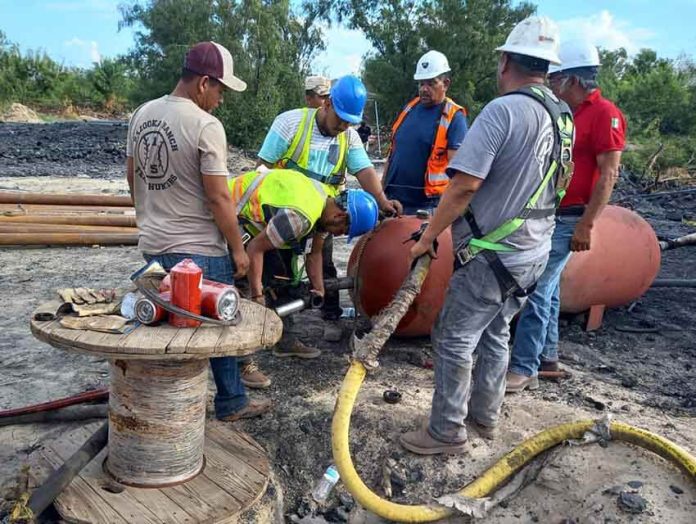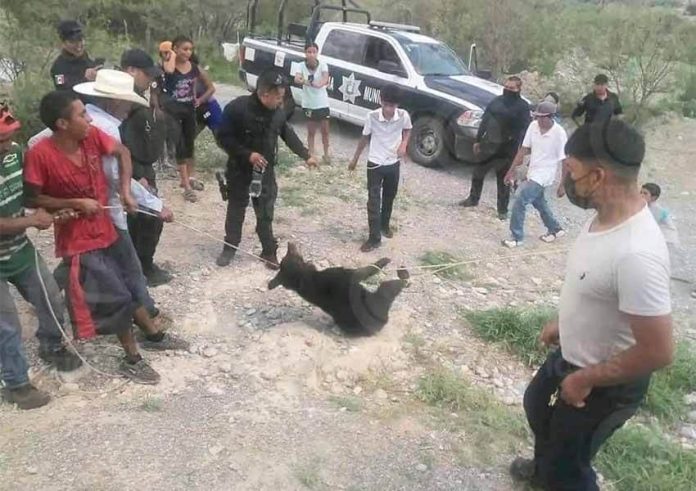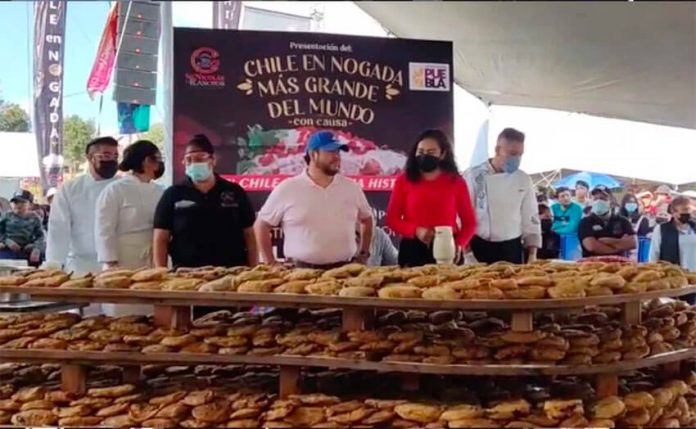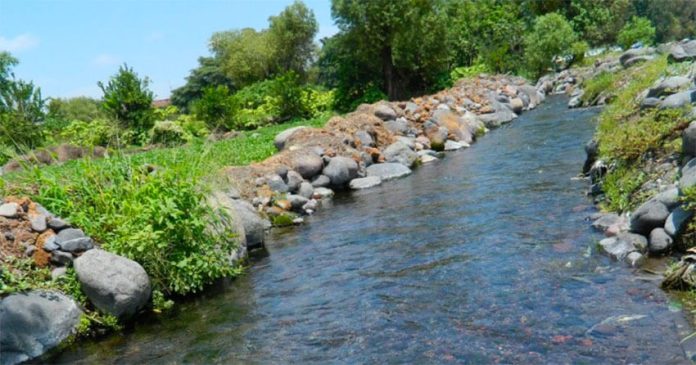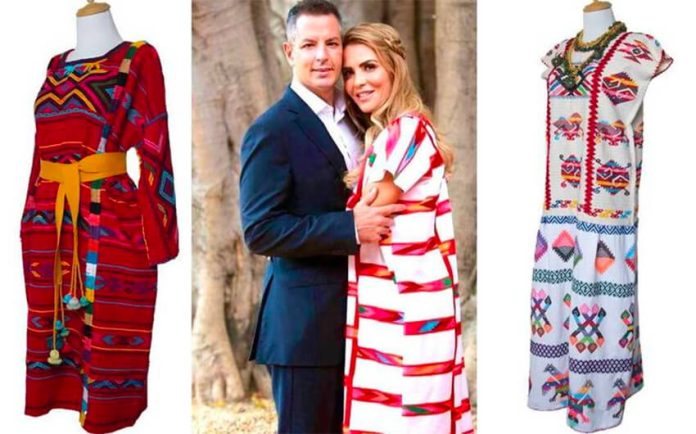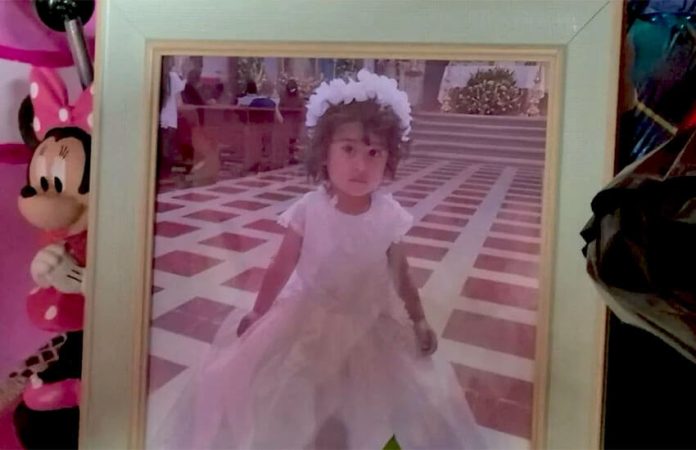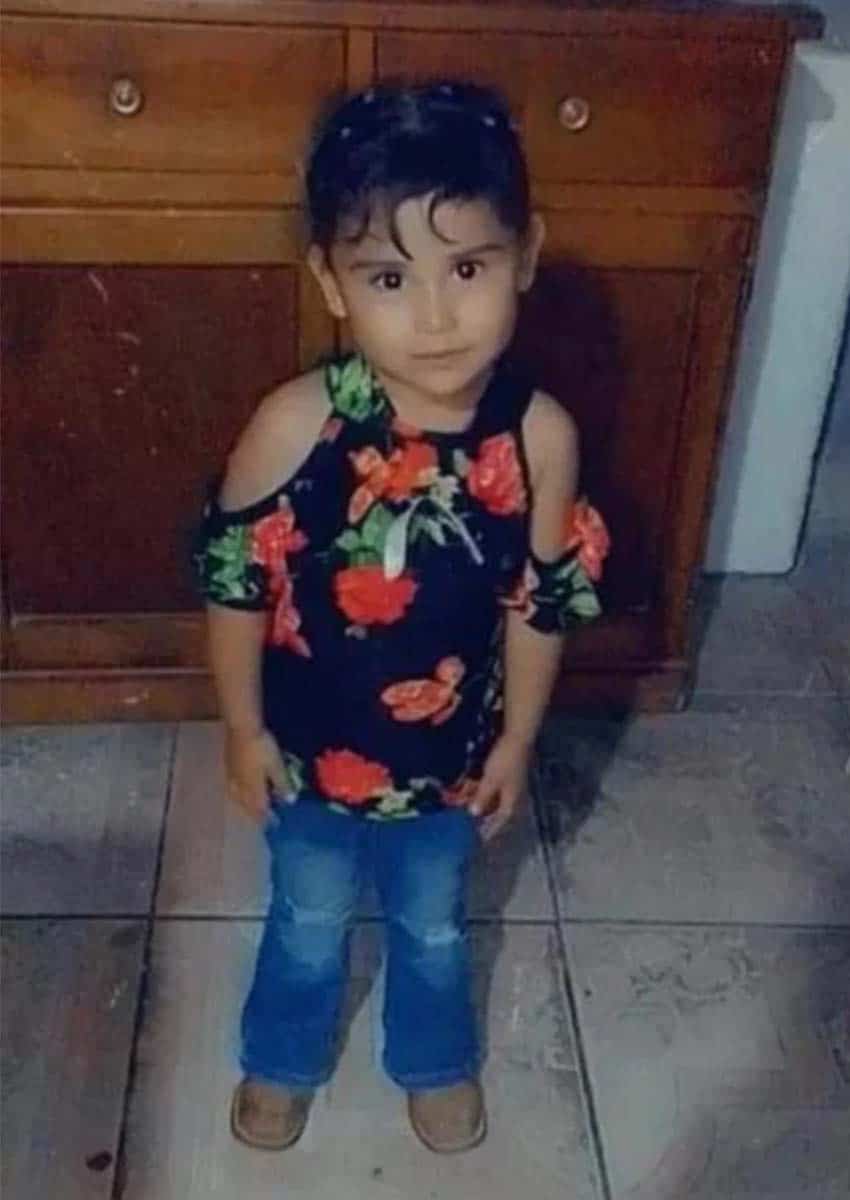Ten miners remain trapped three weeks after the Coahuila coal mine where they were working was flooded when excavation work caused a tunnel wall to collapse.
Civil Protection chief Laura Velázquez said Tuesday that water flowing into the El Pinabete mine from adjacent mines was complicating rescue efforts.
“They’re mines that are abandoned, which have accumulated thousands of cubic meters of rainwater, wastewater or groundwater,” she said. “We presume that [the abandoned mines and the El Pinabete mine] are connected, allowing the flow of water between them.”
Authorities have been pumping water out of the El Pinabete mine, but that work has been counteracted by incoming flows. Water levels in the mine where the miners are trapped remain well above those required for a safe rescue attempt to proceed.
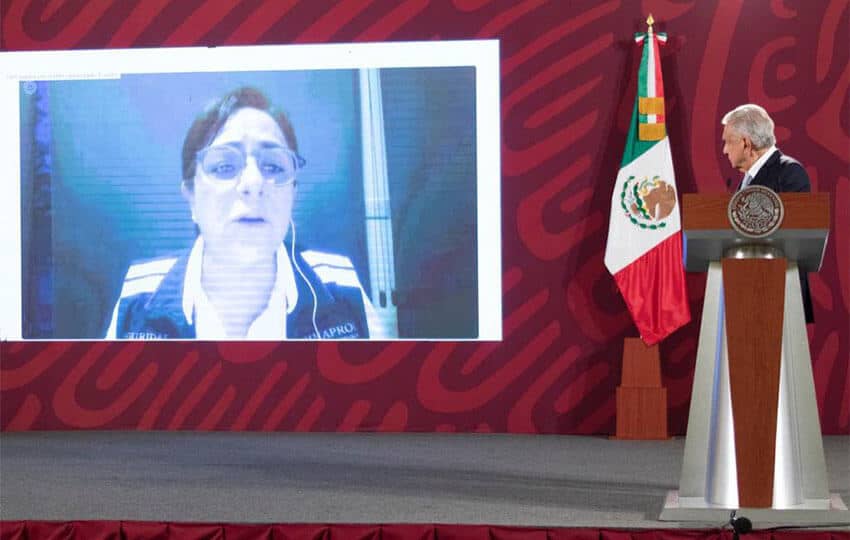
Velázquez announced last week that the federal government would ask a German company and a United States company for advice about how to go about rescuing the 10 miners. President López Obrador said last Thursday that Germany’s DMT and the United States’ Phoenix First Response had concluded that Mexican authorities’ approach to the rescue was “the right one.”
However, no significant progress has been made in the 21 days since the miners became trapped. Family members have maintained hope that their loved ones could be found alive, but the chances of that appear to be extremely minimal if not nonexistent. Relatives have been camping out at the mine, but their numbers have dwindled in recent days, according to an El Financiero newspaper report.
Velázquez told President López Obrador’s Wednesday news conference that authorities remain committed to getting the miners out but stressed that rescuers’ safety is a priority. Speaking via video link, she said that one possibility is the construction of a slanted tunnel into the galerías, or passages, of the mine. The extraction of water using pumps would accompany that strategy, the Civil Protection chief said.
She highlighted that over 700,000 cubic meters of water have been extracted from the mine over the past three weeks, yet the water levels in three wells remain at 25 meters or higher. Authorities have previously said that levels of just 1.5 meters are needed for a safe rescue attempt.
López Obrador responded to Velázquez’s update by telling her that “we have to keep working” and not stop until the miners have been recovered.
With reports from Expansión, Reforma, El Financiero and El Universal
